Biological Systems
A biological system is a complex network of interacting components that work together to perform specific functions within an organism. These systems can range from the molecular and cellular level to the organ and organism level, and are essential for the survival and functioning of living organisms.
Key Components of Biological Systems
- Cells: The basic unit of life, cells are the building blocks of biological systems.
- Tissues: Groups of similar cells that work together to perform a specific function.
- Organs: Structures composed of different types of tissues that work together to carry out specific functions.
- Organ Systems: Groups of organs that work together to perform coordinated functions.
- Organisms: Complete living entities that contain multiple organ systems working in harmony.
Examples of Biological Systems
Some examples of biological systems include:
- The digestive system, which includes organs such as the stomach, intestines, and liver, working together to process and absorb nutrients from food.
- The nervous system, which includes the brain, spinal cord, and nerves, coordinating the body's responses to internal and external stimuli.
- The circulatory system, comprising the heart, blood vessels, and blood, responsible for transporting nutrients, oxygen, and waste products throughout the body.
Study Guide for Biological Systems
When studying biological systems, it's important to understand the following concepts:
- The hierarchical organization of biological systems, from cells to organisms.
- The interdependence of different components within a biological system.
- The functions and interactions of specific organ systems in the human body.
- The role of biological systems in maintaining homeostasis and responding to environmental changes.
Additionally, it's helpful to study specific examples of biological systems and their functions, such as the respiratory system, immune system, and endocrine system.
Understanding biological systems is crucial for comprehending the complexity of living organisms and the interconnectedness of their various parts.
.◂Science Worksheets and Study Guides Third Grade. How do plants grow?
Study Guide How do plants grow?
How do plants grow?  Activity Lesson
Activity Lesson How Do Plants Grow?
How Do Plants Grow?  Worksheet/Answer key
Worksheet/Answer key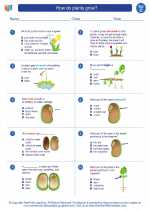 How do plants grow?
How do plants grow?  Worksheet/Answer key
Worksheet/Answer key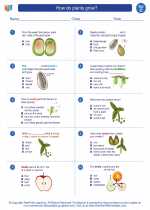 How do plants grow?
How do plants grow?  Worksheet/Answer key
Worksheet/Answer key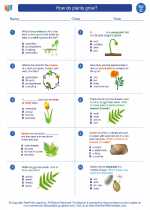 How do plants grow?
How do plants grow?  Worksheet/Answer key
Worksheet/Answer key How do plants grow?
How do plants grow?  Vocabulary/Answer key
Vocabulary/Answer key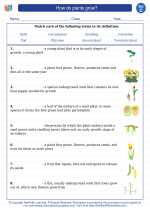 How do plants grow?
How do plants grow?  Vocabulary/Answer key
Vocabulary/Answer key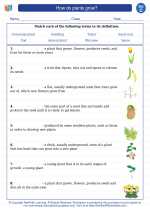 How do plants grow?
How do plants grow? 

 Activity Lesson
Activity Lesson
 Worksheet/Answer key
Worksheet/Answer key
 Worksheet/Answer key
Worksheet/Answer key
 Worksheet/Answer key
Worksheet/Answer key
 Worksheet/Answer key
Worksheet/Answer key
 Vocabulary/Answer key
Vocabulary/Answer key
 Vocabulary/Answer key
Vocabulary/Answer key

The resources above cover the following skills:
LIFE SCIENCE (NGSS)
From Molecules to Organisms: Structures and Processes
Students who demonstrate understanding can:
Develop models to describe that organisms have unique and diverse life cycles but all have in common birth, growth, reproduction, and death.